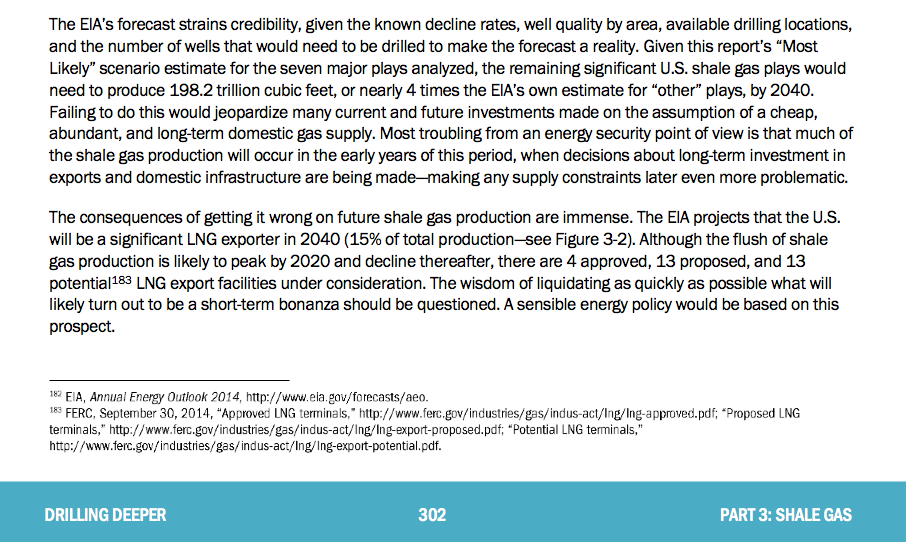Richard Ha writes:
This Wall St. for Main St. video has oil and energy expert Robert Rapier as guest and it’s a very interesting discussion.
Robert, an internationally known energy expert who was recently on 60 Minutes, discusses various scenarios around the price of oil and cause-and-effect. I like Robert because he has no fear. He calls it like he sees it. He has a chemical engineering background and he has actually run a petroleum plant. He knows what it takes to make ends meet.
Here are some highlights of the discussion:
Robert says that because March and April are normal maintenance months it’s not likely that oil will drop into the $40/barrel range, unless it’s only for a very short time. Usage has started to ramp up in the last few weeks.
He thinks that oil will be in the $50-$70/barrel range for the next few years. The trend will be for the oil price to rise due to demand. T. Boone Pickens feels the price will hit $100/barrel in two years. Robert thinks it will be a little longer. $100 per barrel oil is not good. Any higher than that is bad.
Hedges come off in the next year, so most producers are hoping desperately for higher prices. Demand has increased by one million barrels every year for the last five years, mostly supplied by shale oil. But shale oil wells deplete very quickly.
Rig count, normally a leading indicator, has fallen but we haven’t seen supply drop yet. Hedges running out in a year will add to upward pressure. Within the year we will start to see the effect of declining rig count.
Robert thinks Saudi will talk about raising prices at the next OPEC meeting. He doesn’t think Saudi Arabia expected to drop to the $40s.
Shale oil is not a panacea. The U.S. has a huge infrastructure advantage over the rest of the world. We have pipelines, water, and refineries in position. For the rest of the world, it means new capital spending. So supply from world shale oil will probably be minimal.
Conventional oil has been declining and U.S. shale oil will not last very long so the world needs to go to natural gas or deep water, and that will put pressure on natural gas prices. After shale oil and gas, there is no more.
If you like to see the background to the oil and gas supply markets, I highly recommend Robert Rapier’s view of things. It gives you an insider view.
Here in Hawai‘i we depend on oil for 70 percent of our energy. We will transition to natural gas and before long that price will start to rise. We need to grab all the advantages we can get.
Do not throw away the Thirty Meter Telescope, geothermal, and biotech crops. These all help us cope in a world of declining petroleum products.


